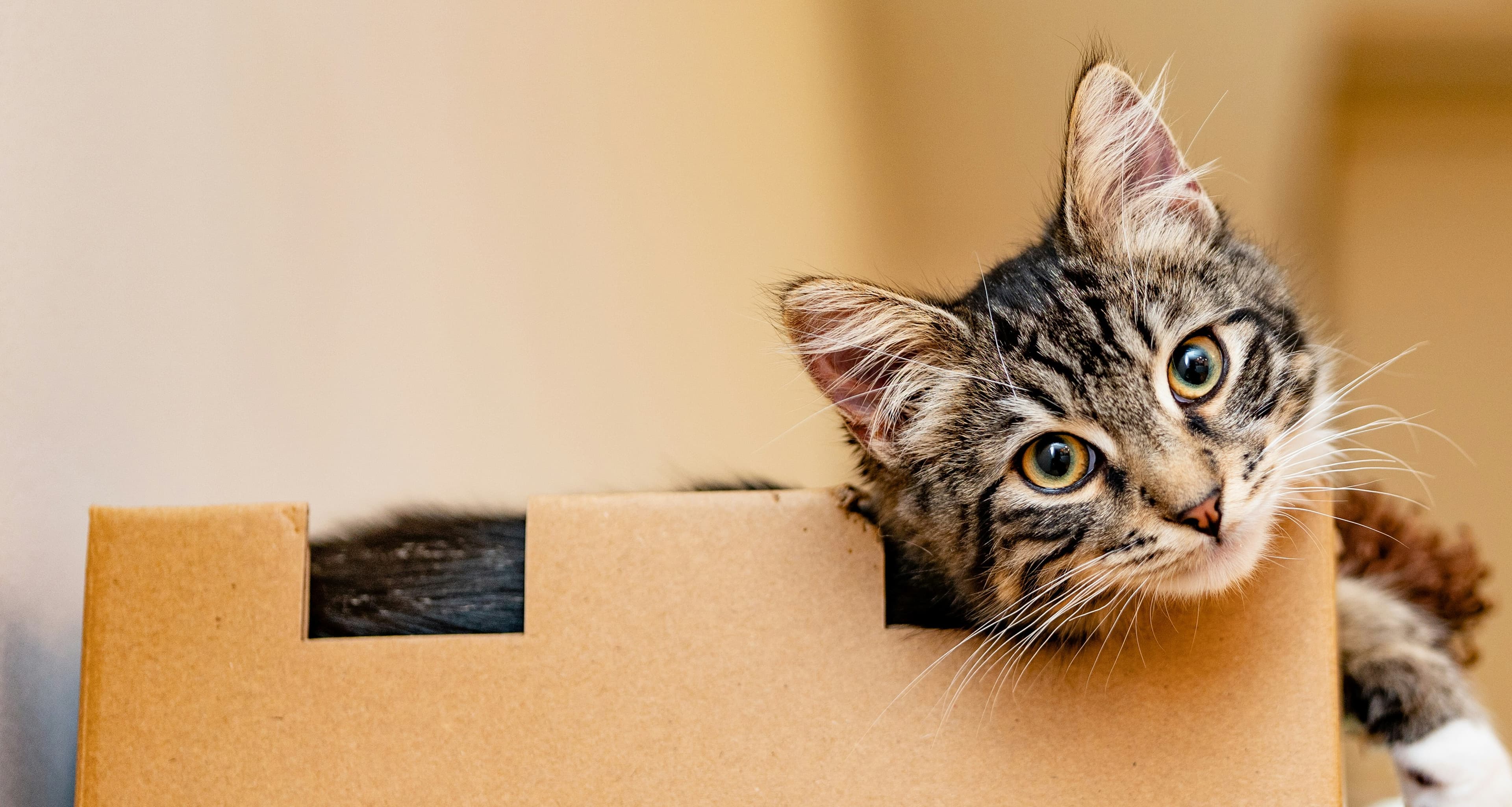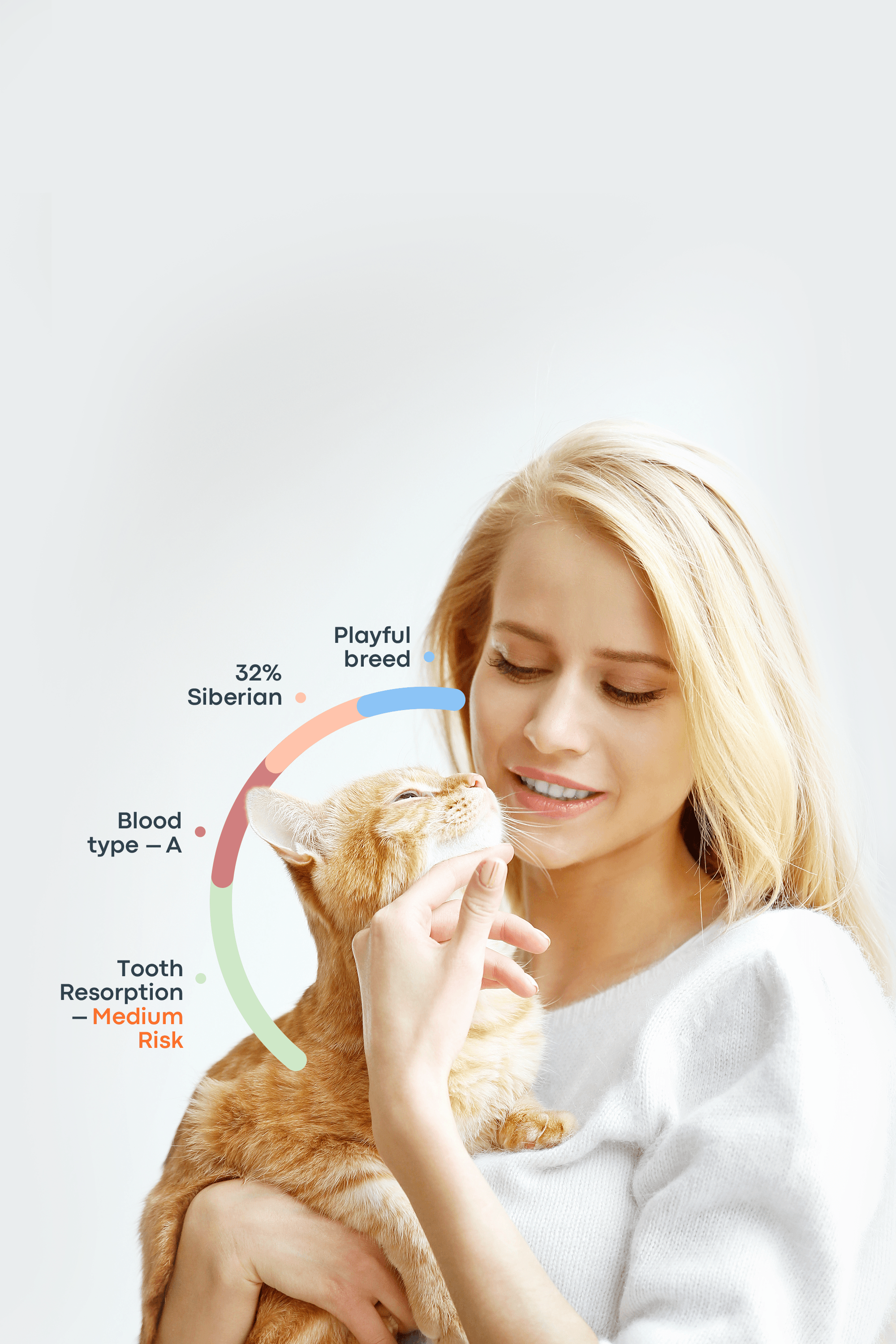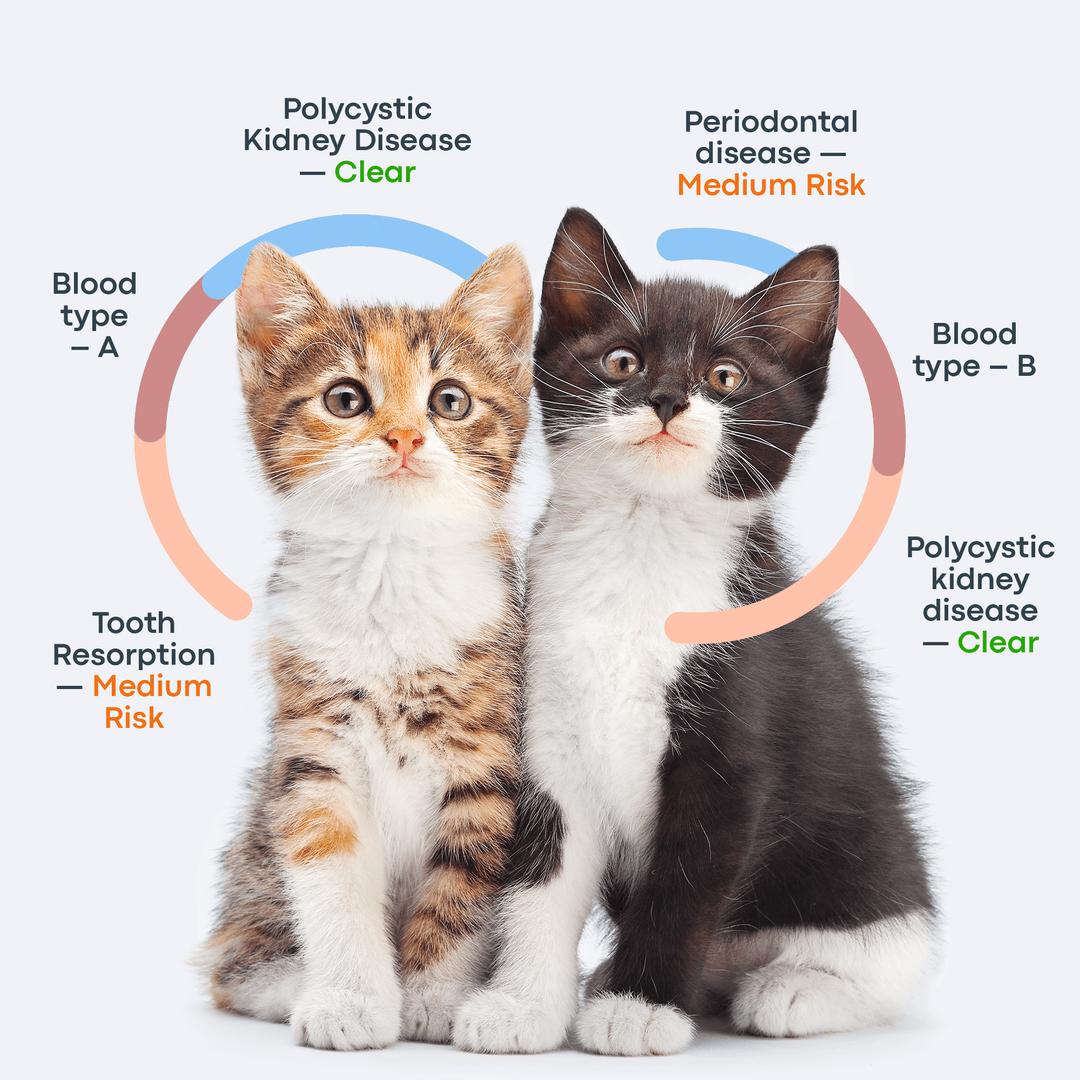“Why is my cat peeing blood?” If this is a question you’re researching, chances are that you’ve noticed that your cat’s urine contains more than just waste products from the body. If so, don’t panic. Blood in the urine is never something that a cat owner wants to see, but it doesn’t necessarily mean that your cat is seriously ill.
There are a number of reasons that blood could be present in your cat’s urine, and today we're discussing them.
Understanding Hematuria in Cats
What Is Hematuria?
In short, hematuria is bloody urine. The urine can contain small amounts or large volumes of blood, as the amount isn’t what defines hematuria – the mere presence of blood in the urine does.
How to Identify Blood in Cat Urine
To properly identify blood in your cat’s urine, you must first know what normal cat urine looks like. Normal urine should be light yellow, but can be darker in color after prolonged rest or when your cat is dehydrated. It should smell faintly of ammonia.
If your cat’s urine is tinged pink, appears orange, or contains traces of bright red blood, there is more than likely blood present. Additionally, if the urine looks foamy or has clots of any size, you’re probably dealing with feline hematuria.
Common Causes of Blood in Cat Urine
Urinary Tract Infections (UTIs)
Urinary tract infections, or UTIs, occur when an infection forms in your cat’s kidneys, bladder, ureter, or urethra – the tube that transports urine from inside the body to outside the body. Older cats are more prone to UTIs, but blood in the urine can be a warning sign of a UTI in cats of any age.
Bladder Stones
As if the urinary tract couldn’t be more vulnerable, it can also fall victim to bladder stones. Bladder stones are stonelike buildups of minerals that can be large enough to block the urethra and prevent a cat from being able to urinate, or cause painful urination. In both cases, blood can be a symptom. Stones can also form in other areas of your cat’s urinary system, such as the kidneys.
Feline Idiopathic Cystitis (FIC)
Another common cause of bloody urine is feline idiopathic cystitis (FIC), which causes inflammation that leads to bleeding.
Alongside FIC, though, there are a number of similar conditions that can cause hematuria, including feline interstitial cystitis, feline urologic syndrome (FUS), and feline lower urinary tract disease (FLUTD).
Urinary Tract Trauma/Injury
Any kind of trauma or injury to the urinary tract can cause hematuria. Abdominal injuries can also cause bloody urine.
Tumors or Cancer
Cancer isn’t the most common cause of hematuria in cats, but it can be a cause. Urinary-related cancers such as bladder or kidney cancer, and tumors in the urinary tract can all cause bleeding.
Medication Side Effects
Certain medications such as chemotherapy drugs, antibiotics, analgesics, and anticonvulsants can cause cat bleeding when urinating. These medications are hard on the body and cause irritation.
Symptoms to Watch For
When you notice your cat peeing blood, there are additional symptoms that you could see alongside the bleeding. However, if you notice these symptoms first, then be sure to monitor your cat’s condition and watch for bleeding.
Vocalizing When Urinating
Vocalization when urinating definitely isn’t normal. Typically, this is a sign of pain and discomfort, and when present, points to the fact that something is wrong.
Blood Spots in Litter Box
Noticeable blood spots in your cat’s litter box is an obvious symptom of a health problem. Blood could be found in the clumps of used litter, or as drops in the clean litter.
Changes in Urine Smell/Color
When your cat’s urine changes color or smell, there could be blood present in it. As mentioned above, your cat’s urine should be yellow.
Lethargy, Loss of Appetite, Vomiting
A cat who is lethargic, lacking appetite, or vomiting, is a cat that has something going on inside their body. These symptoms can be a response to pain or caused by a more serious problem such as disease or infection.
When to See a Vet
Signs That Require Immediate Attention
Signs that indicate that your furry friend needs immediate medical attention include straining to urinate, vocalizing, and urinating frequently or in small amounts. Blood clots in your cat’s urine also warrant an emergent veterinarian visit.
What to Expect at a Veterinary Appointment
When you arrive for your cat’s appointment, the veterinarian will want to get a detailed history of your cat’s health and behaviors. This will include any past or current medications, as well as dietary habits. The veterinarian will also conduct a thorough physical examination, which is sometimes enough for them to make a diagnosis. If not, they will move on to diagnostic testing.
During the appointment the veterinarian will do everything they can to ensure that your cat is comfortable and calm.
Tests and Diagnostic Procedures
The tests that are done to diagnose the cause of feline hematuria are simple and fairly routine. They include a full blood work panel and urine tests. Often, these are the first tests done when a disease or illness is suspected.
The veterinarian might also take an abdominal radiograph and an ultrasound. In some situations, they may want to conduct a cystoscopy, which is when a small biopsy instrument/camera is inserted gently into the urethra or bladder.
Treatment Options
Medications
Urinary tract infections are usually treated with antibiotics. Prescribed by your veterinarian, they are designed to kill the infection in your cat’s body and help them feel better. After starting medication, cat with UTIs usually start to feel better within 7-10 days, according to PetMD.
Surgery and Dietary Changes
When it comes to urinary tract or kidney stones, surgery is often the best option. Surgery usually includes a one or two-night stay in the clinic for observation. Alongside surgery for stones, your cat’s veterinarian may also request that dietary changes be made to help prevent the formation of new stones. Surgery is also an option for trouble-causing tumors and growths.
Stress Management
FIC can be treated in a number of different ways. One of the most common treatment methods is stress reduction, since FIC is often related directly to feline stress. Your veterinarian will help you make a plan to keep your cat’s stress levels as low as possible.
Fluid Therapy and Hydration Support
Regardless of the cause behind your cat’s hematuria, treatment will almost always include some form of fluid therapy. Fluid therapy can mean receiving IV fluids in-clinic or having your veterinarian recommend increasing your cat’s water intake.
Preventing Urinary Issues in Cats
As distressing as cat blood in urine can be, there are ways that you can reduce the chances of them reoccurring.
Encouraging Adequate Hydration
Hydration is vital to every aspect of your cat’s body. Each organ, system, and tissue requires water to operate at an optimal level that maintains your cat’s health. If your cat has had hematuria in the past or is currently dealing with it, hydration is even more important.
Maintaining adequate hydration helps ensure that stones and crystals don’t form, as the urine that is produced is more diluted.
Make sure that your cat has a clean source of water available at all times, and consider offering wet food in addition to your cat’s regular dry food. Canned, wet food contains a higher water content than dry, kibble-based foods.
Providing a Balanced Diet
A balanced diet goes hand-in-hand with maintaining hydration. Together, both of these practices work to ensure your cat’s whole body health. A balanced diet should contain protein, vitamins, and healthy treats.
Maintaining a Clean, Stress-Free Environment
Cats who don’t suffer from FIC will benefit from a stress-free environment, too. Stress puts pressure on the body and nervous system, and can affect the way the body’s systems work. To ensure your cat’s body systems are in good working order, take care to keep your cat’s stress levels low.
Provide plenty of space, toys and enrichment, food, water, and comfortable places to sleep and hide.
Regular Check Ups
Even when your kitty is feeling their best, it’s a good idea to visit the veterinarian on a regular basis for check ups. These visits will help you stay on top of your pet’s health and tackle any issues that could arise before they get too severe.
Conclusion
It can be easy to panic when you notice blood in your cat’s litter box. Fortunately, hematuria is a common problem that is usually caused by common ailments, making it easy to treat. This being said, it can be caused by more serious problems and should always be assessed by a veterinarian.
Frequently Asked Questions
If a cat is peeing blood, what can you do for it before their vet visit to make them more comfortable?
While you’re waiting for your cat’s appointment, you can keep them comfortable by providing clean water and a fresh litter box.
Why is my male cat peeing blood but acting normal?
This could be because your cat is suffering from a minor ailment, such as irritation or inflammation. Additionally, it could mean that your cat’s urinary issue hasn’t yet developed into anything serious.
Is there a difference in how blood in urine female and blood in urine male cat looks?
No, regardless of whether your cat is a male or a female, blood in the urine will still show up in one of the ways we discussed.



